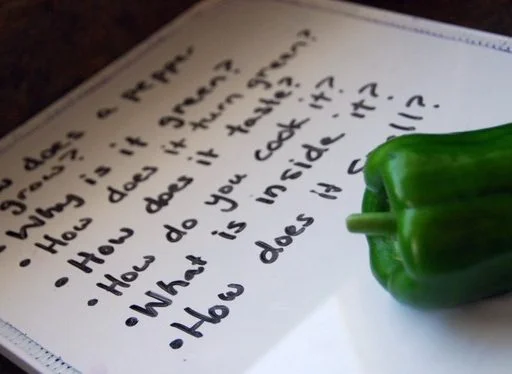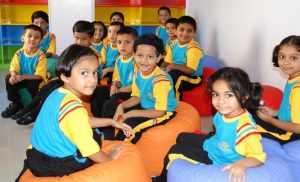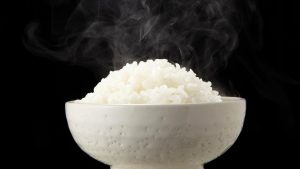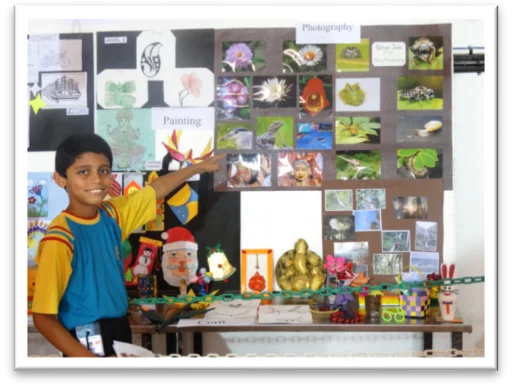
In a slightly long post – this post talks about developing the scientific attitude in children. It has been written by Arpita Karkarey madam, as a pre-cursor for the science kits for performing science experiments at home for Std. 6 students.
Science is all around us. Understanding this depends on the curiosity of the observer. What makes the speed of the fan change when we turn the regulator? Why is a dam wall curved? Why does a cut apple slice go brown after some time? Where does the vacuum cleaner throw the air it sucks in?
Being sharp and observing things, finding patterns and drawing conclusions and learning from everything is what we call the scientific attitude. This attitude develops well in curious minds, and minds with a scientific attitude tend to be more logical in their thoughts and actions!
This is how we always want Walnut students to be!

So, we have started exposing them to science right from Nursery, the starting point of school. They learn more and more science as they grow older. As they do, they are shown how things happen and wherever possible, they try things out themselves too. Whether they listen, see or do – education keeps happening. We use all possible strategies and inputs to help the children sharpen their minds and open them to new ideas and learning.
The school environment is specially designed for learning. The school and parents are two components of the same team and both have the same intention at heart. Both of us want our children to get the best input and be the best individuals that they can be. So, here, we are trying to expand the learning environment to the home ground where we can give additional inputs to the children through you and help them along their scientific journey.
The students perform certain experiments in the science lab in school to strengthen their understanding. However, there are many more trials that they can go through to get a better grip on core concepts. For example – when testing the nutrients in food, they can do about three tests in school hours, but they could perform about ten more at home. When checking whether a material is a conductor or insulator, they could check for about five things in school, but they could easily check another ten or so at home. The more they do, the more they feel like doing and then they do more. It starts off the spirit of self-exploration and investigation and gets them well on their way to developing a good scientific attitude.

It’s a continuous improvement cycle and we have already started it in school. We want to move things up a notch and want you to get involved with us as well. So, for certain topics, in addition to the experiments that the students will be performing in school, we will be asking them to do more of the same at home. Mostly it will require standard stuff that is available at home like erasers, safety pins, water, milk, rice, potatoes, lemon juice etc. You know what we mean! But, if anything ‘non-standard’ or ‘special’ like a certain chemical is needed, we will send that to you. Then you can encourage the children to perform the experiment at home, under your supervision and fill in the journal sheet.
Whenever there is such an activity, the sheet will be given to the students. You parents will get an email so that you are aware that such an activity has been assigned. You can find a convenient time to do it at leisure. If it requires any special equipment, we will be giving it to you. The only thing is, if the equipment has anything breakable in it or any chemicals, then we will not be sending the kit home with the kids. We will ask you to collect it from the school reception. For this, we will keep the things available for a whole week, so that you can choose a suitable time. We will send you an email about that too.
VERY VERY IMPORTANT
Some chemicals (like caustic soda) are very DANGEROUS and CORROSIVE. Do not touch any chemicals with your bare hands. Always use droppers, plastic or wooden spoons or stirrers to handle them. Please make sure that you take care when the experiment is performed. Also, make sure that you get rid of the remaining chemicals when you are done with the experiment. Don’t even store them at home.

